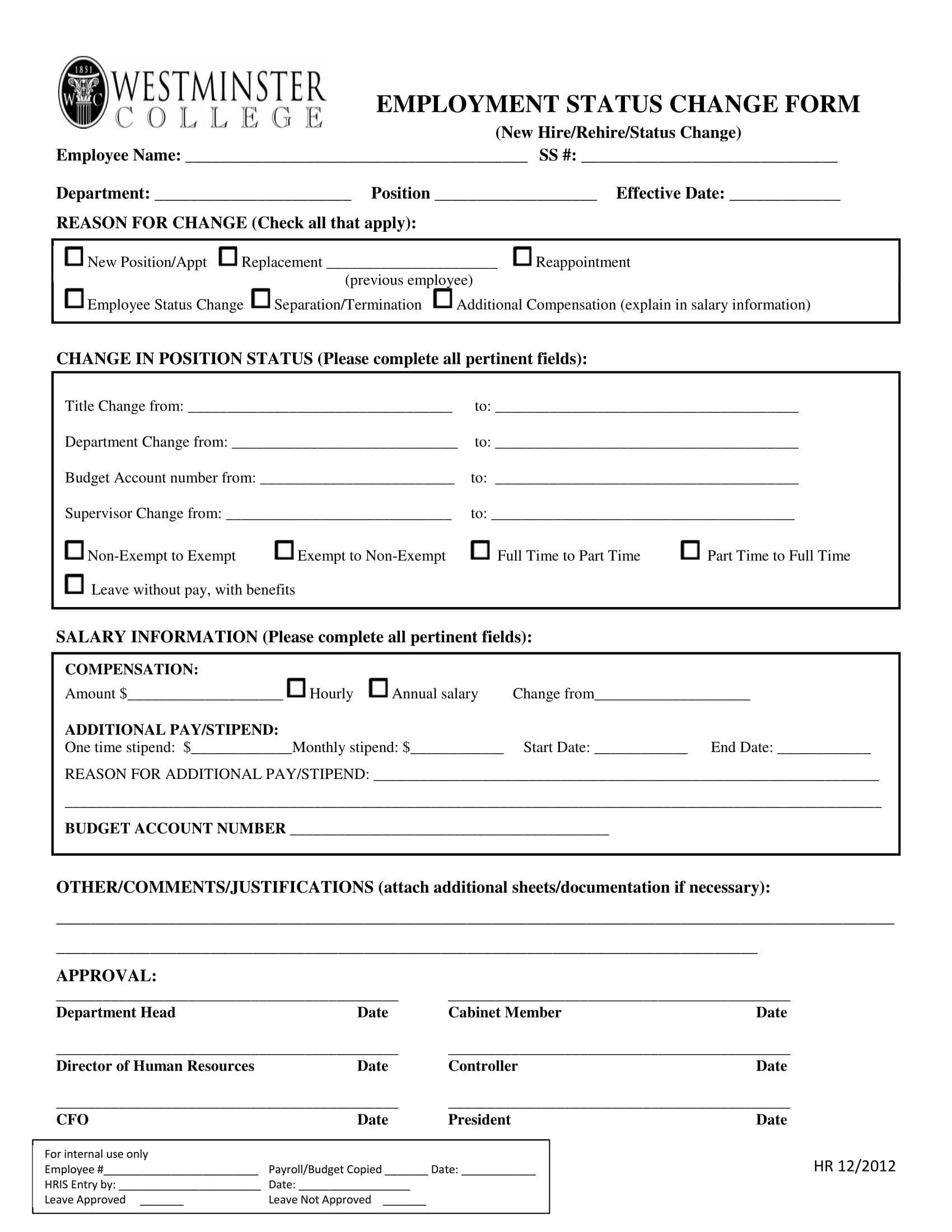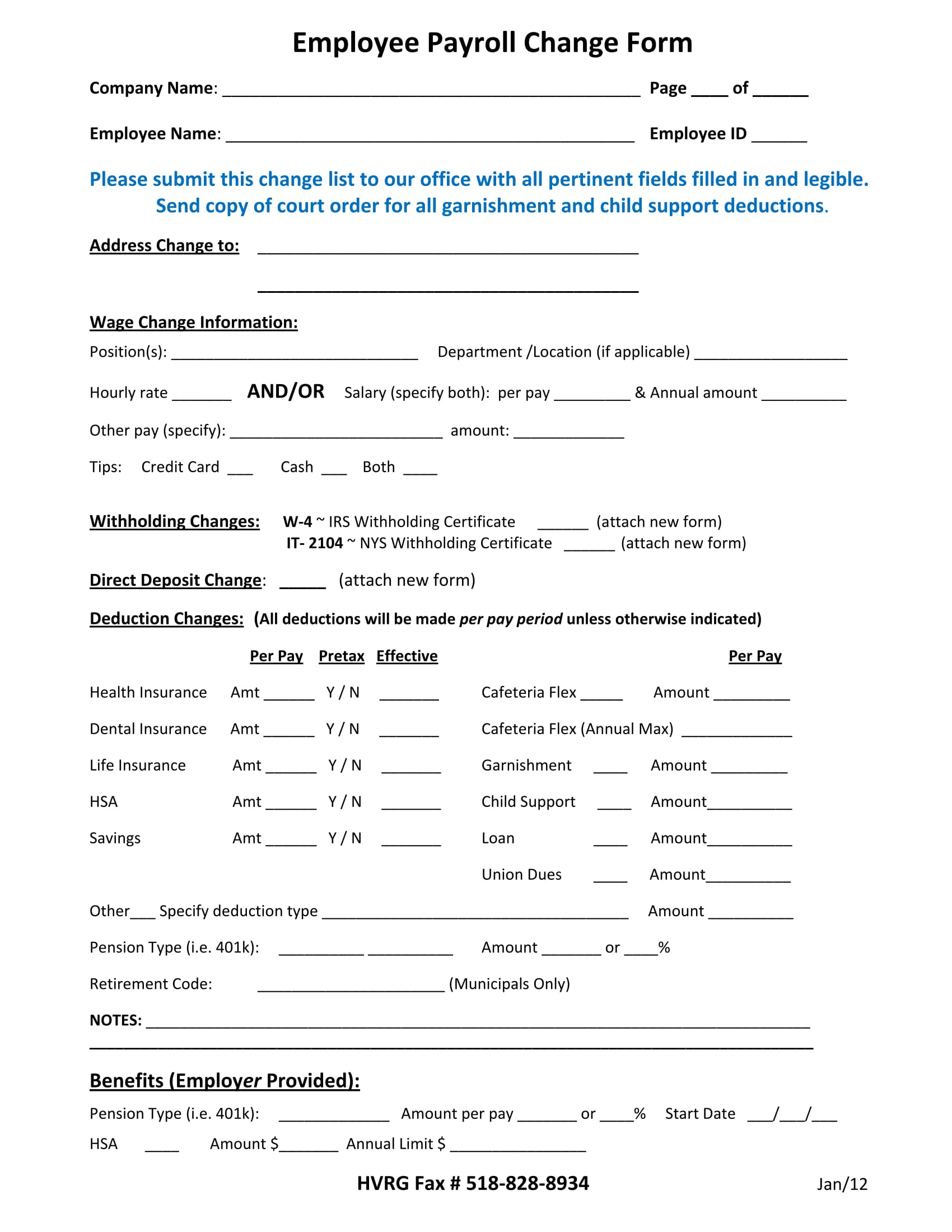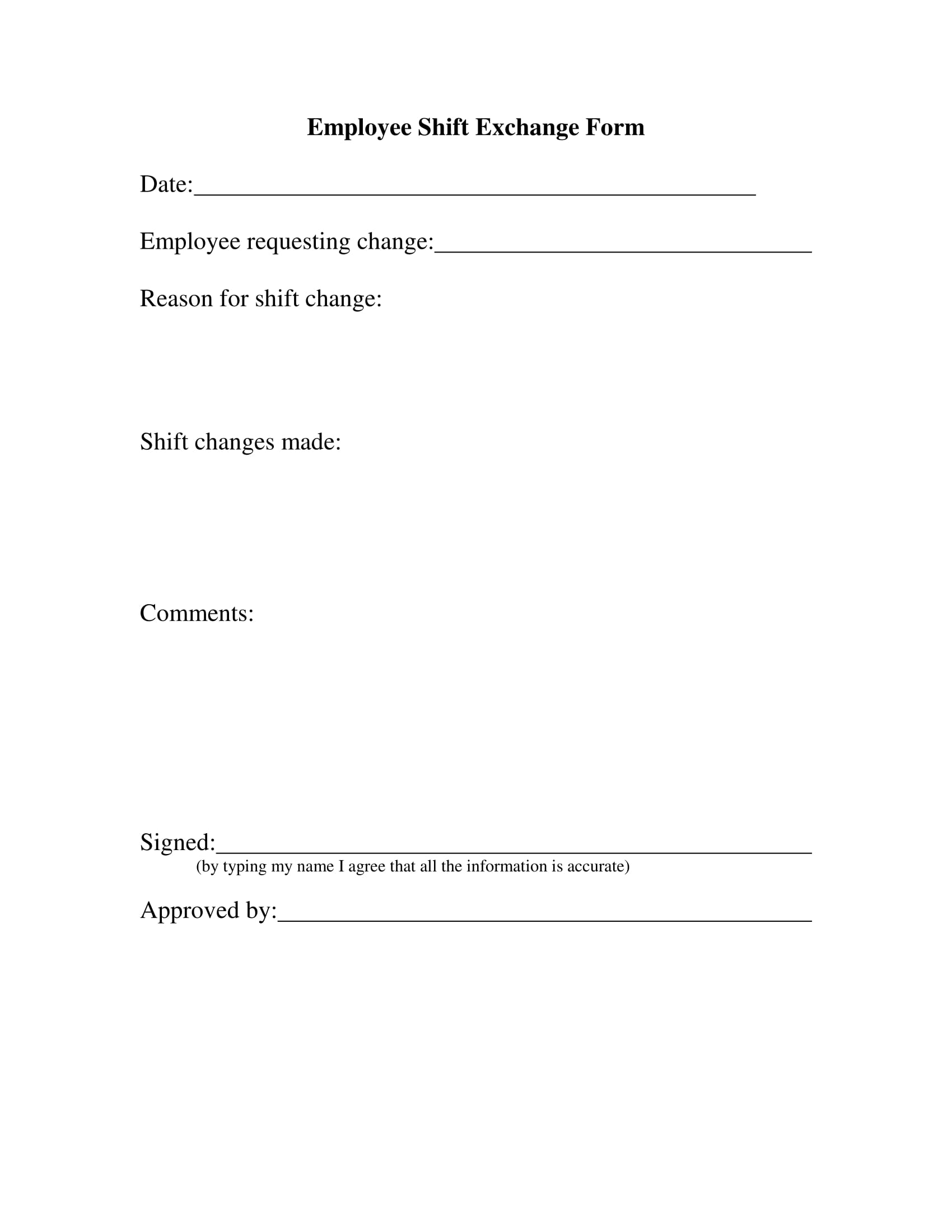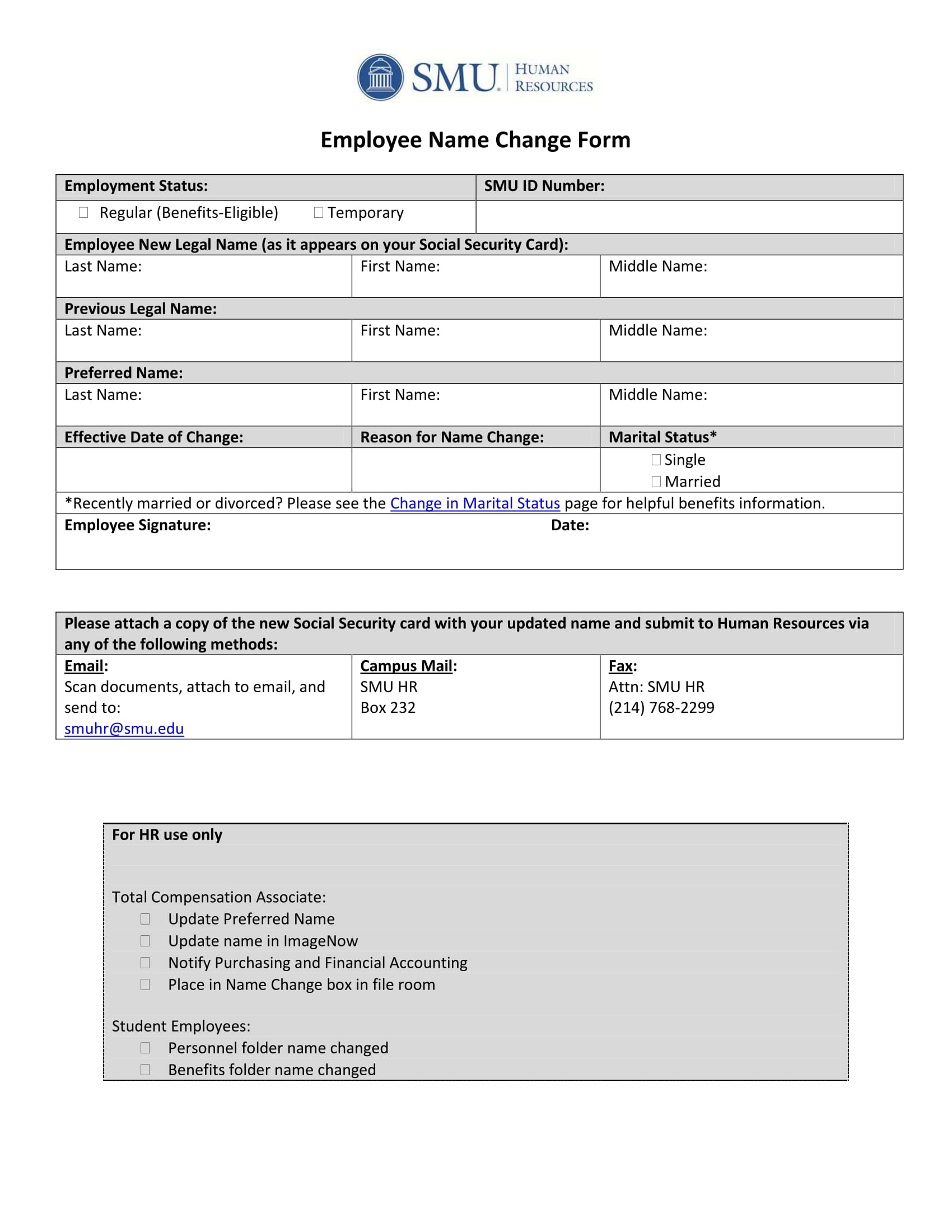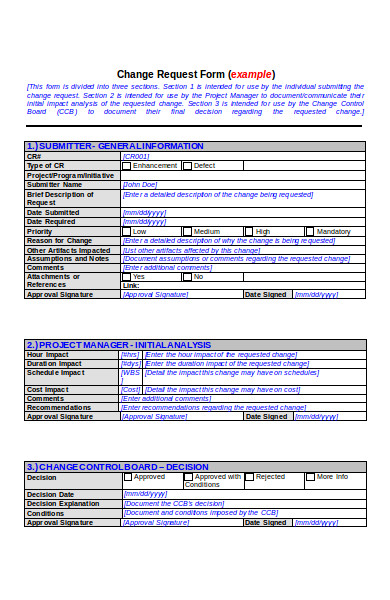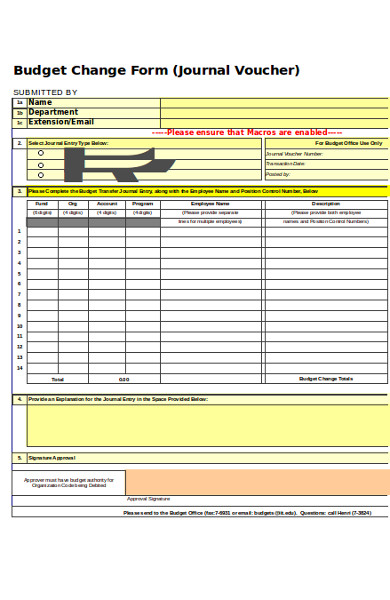One of the obligations of an employee is to inform the employer and the management of the changes occurring in his life which are deemed as relevant data for the company. Such changes include a change with the last or family name of a married person, a change in the status of a promoted employee, and even a change in the residence or the employee’s address.
Regardless if the change will affect only a word or two, these are all vital for one’s employment records. With this, various Change Forms will be used to cater the different changes that the employee will inform to his employer.
Employee Status Change Form Sample
In the event that an employee has been promoted or hired for another job, he will need to completely fill out an Employee Status Change Form. This form will indicate the new job position of the employee with his reassigned department or area. It is essential that this form will be presented before starting the new job to allow the company management to state and clarify the employee’s privileges associated with the new job.
During the day of the employee’s promotion, a new Employment Contract must be signed by the employee and the authorized personnel or the department manager of the company. This revised contract agreement will highlight the additional inclusions of the job position and the salary compensation of the employee.
Payroll Change Form Sample
The salary compensation area found in an Employee Status Change Form and in the Employment Contract are the summary of the amount that the employee will take as his rate. This is the reason why a Payroll Change Form is needed to state the details of the employee’s wages, rates, taxes, as well as the added insurance payments in connection with the job promotion or change of status.
Employee Shift Change Form Sample
There are Change Forms which does not deal with monetary and financing changes of the employee such as a Employee Shift Change Form for the employee’s schedule. Shift Change Forms are used for requesting to the supervisor that an employee will be changing his time in and out of the office. Most companies have particular rules about changing a schedule which commonly requires the employee to inform his manager days before the date of the schedule change. The reasons for changing the shift should be validated by the manager and approved by the head supervisor of the department.
Employee Name Change Form Sample
An Employee Name Change Form is a Change Form which is commonly used by newly married and divorced employees. This document will state the employee’s new and previous legal name, the effective date of the change, and the reasons for the name change.
Employee Change of Address Form Sample
Change Request Form
Budget Change Form
Aside from the name of an employee, the address may also be affected by the employee’s marital status change, therefore requiring another Change Form to fill out for the HR department. Specifically, an Employee Address Form or an Employee Change of Address Form will indicate the new address and the new contact information of the employee.
Employee Change Forms are not limited to these Top 5 forms since there are numerous reasons of why a change will occur to an employee. Nonetheless, reporting to the management about the change should be the next step that the employee will do after gathering ample numbers of documents for proof of the changes.
Related Posts
8+ Sample Employee Clearance Forms Sample Forms
29 Sample Employee Evaluation Forms
Sample Employee Performance Appraisal Forms - 8+ Free ...
Sample Pre Employment Physical Forms - 7+ Free Documents in PDF
Sample Employee Name Change Forms - 7+ Free Documents in ...
Sample Employee Feedback Forms - 8+ Free Documents in PDF
Employee Emergency Contact Form Samples - 8+ Free Documents ...
8+ Employee Termination Form Samples - Free Sample, Example ...
Sample Employee Discipline Forms - 7+ Free Documents in PDF
11+ Sample Employment Verification Forms Sample Forms
Employment Declaration Form Samples - 8+ Free Sample, Example ...
Sample Employee Disciplinary Action Form - 7+ Free Documents in ...
13+ Sample Employee Review Forms Sample Forms
Sample Employee Medical History Forms - 7+ Free Documents in ...
Sample Employee Misconduct Forms - 8+ Free Documents in Word ...

